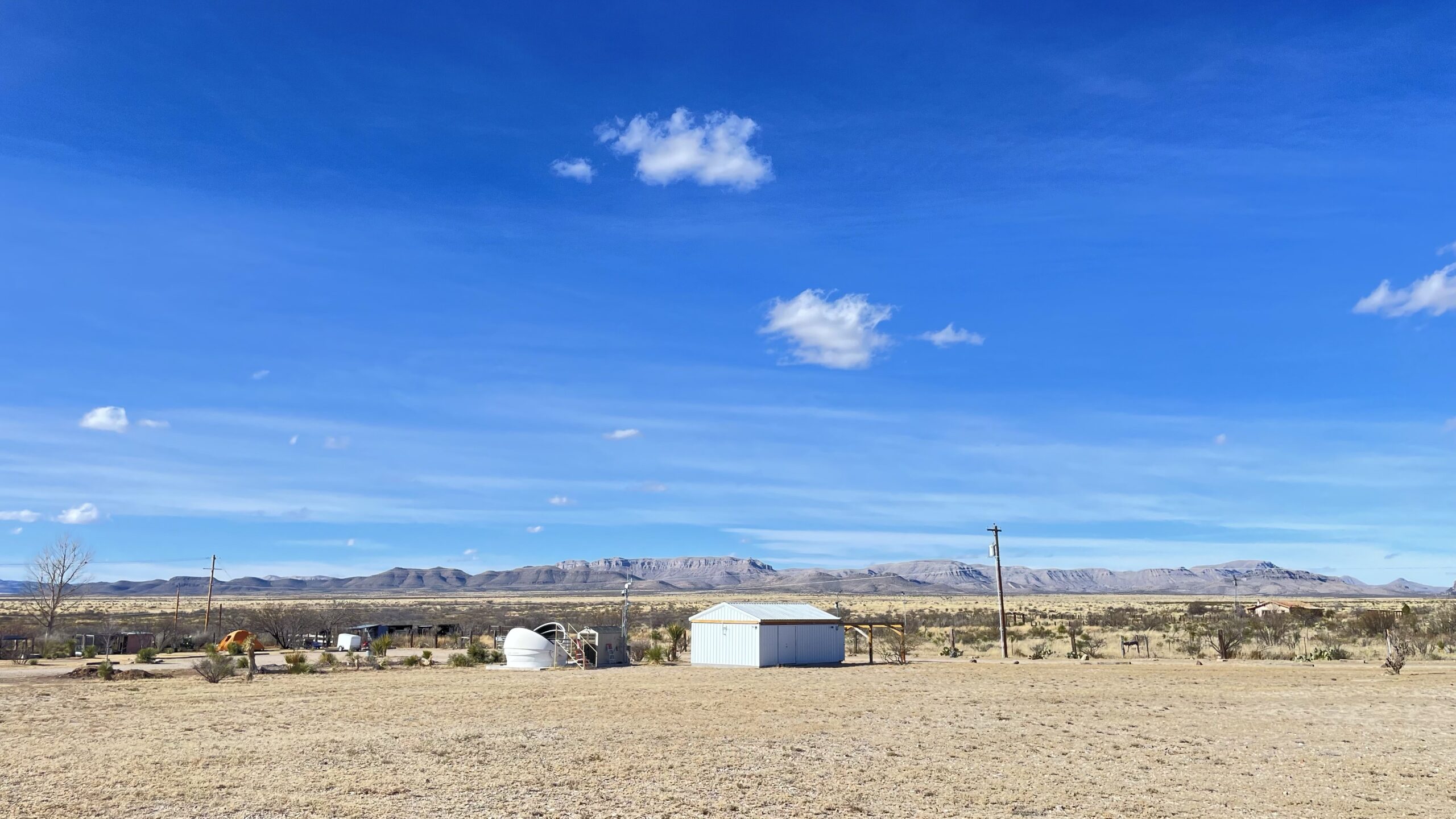2022 makes four years in the Marathon Remote Imaging Observatory. And wow, what a ride! To be imaging in some of the darkest skies available in the US is humbling. I’ve spent the last few years finishing up projects (see my 5 year Orion) and researching equipment to move to an even greater reach. Not just in DEPTH, but DEGREE. Of course I’m talking about field of view. Below you can find a chart I created to simply determine how much of the sky you actually can see in degrees. Just for fun- see if you can figure out how many degrees the Sun moves in an hour. Or the Moon? Spoiler alert, I bet you’ll land at some predictable outcomes.

Field of view (FOV) and degrees has to do with how much of the sky I can capture in one frame. There are other considerations, like actual light gathering ability and light grasp, but to make it easy -I’m just talking about shot for shot -FOV. Here is a quick comparison of one shot from my new system, and one shot from my previous system. As you can see, my new FOV is almost six times wider.
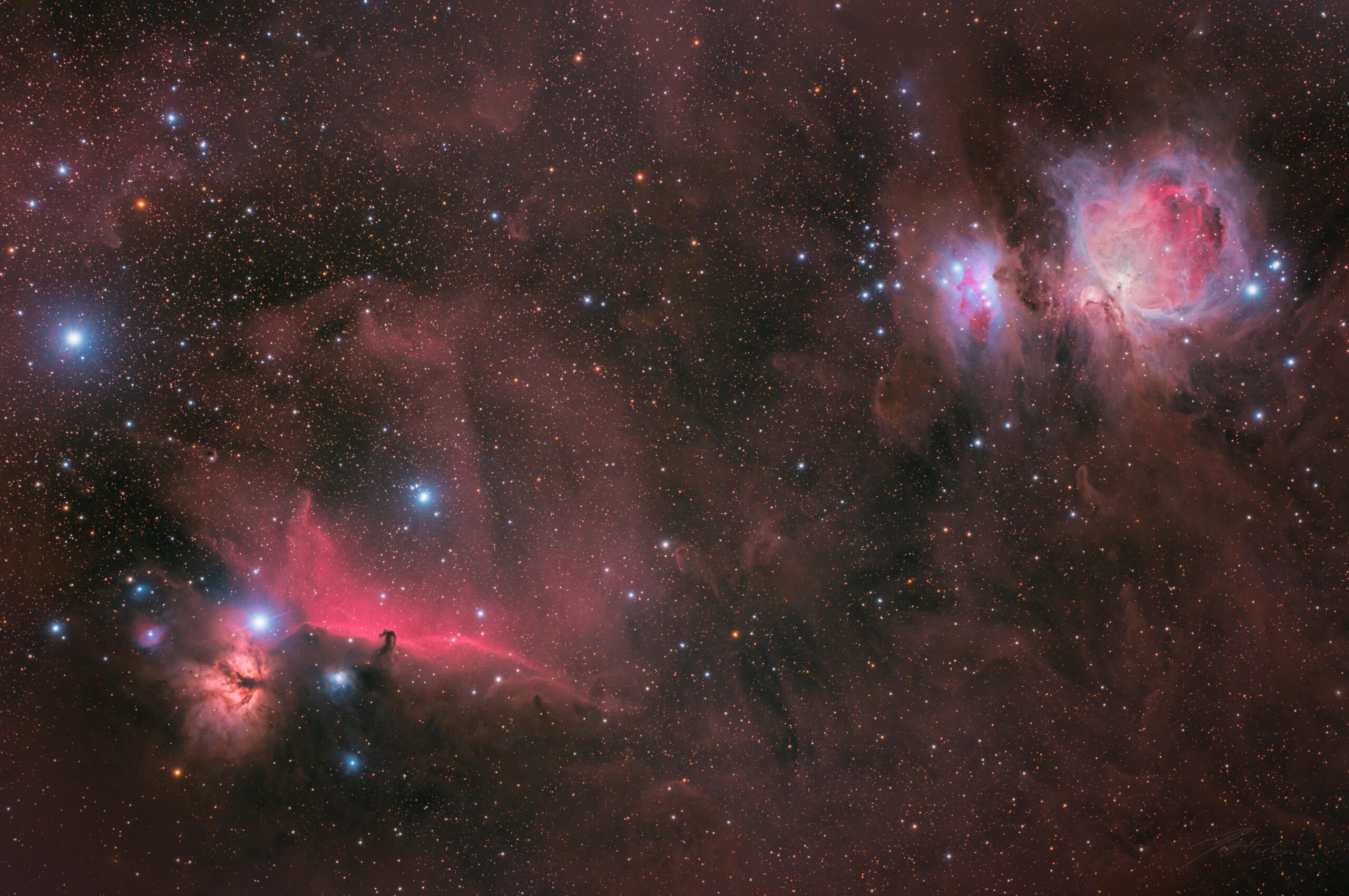
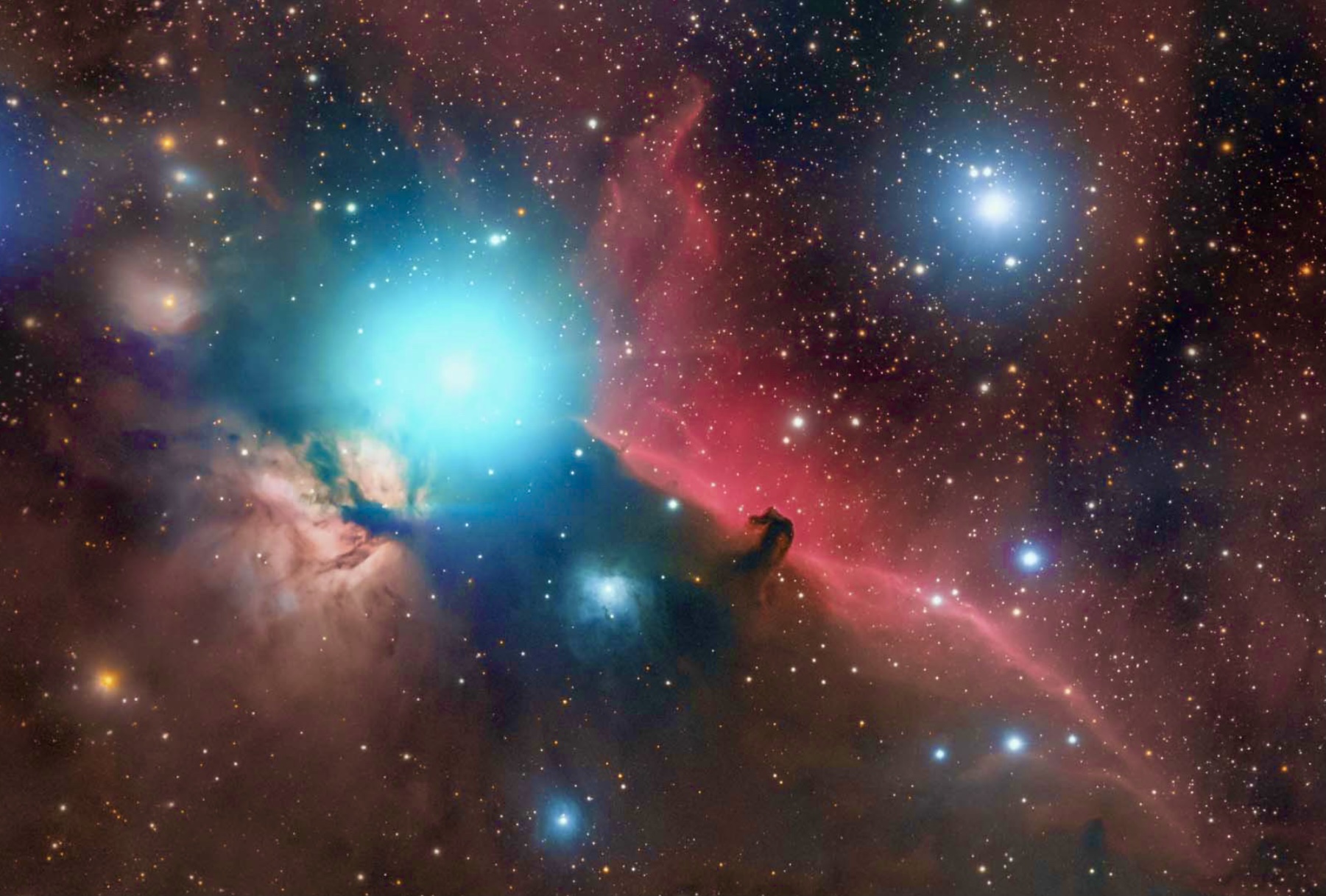
Now enter the equalizer, or as I call him, my friend Dennis Sprinkle. Over the last few years we’ve been purchasing, fitting, measuring, and installing matching systems. You heard me correctly, matching Tak FSQ 106 systems, reduced to f3.6. Dennis and I are just normal guys with normal jobs and lives, so it’s been a stretch for us both. BUT, Now we can tear through the sky at twice the speed (which was already faster) of our earlier limits. To be fair, NONE of this has been easy.
Problem after problem led us to make not one trip, but three for installation of the systems. Gear had to be shipped all over the world for correction, collimation, and repair. Patience and persistence was the answer. I’m happy to report after this last trip, we now have matched systems- well… At least, as matched as we can get them.
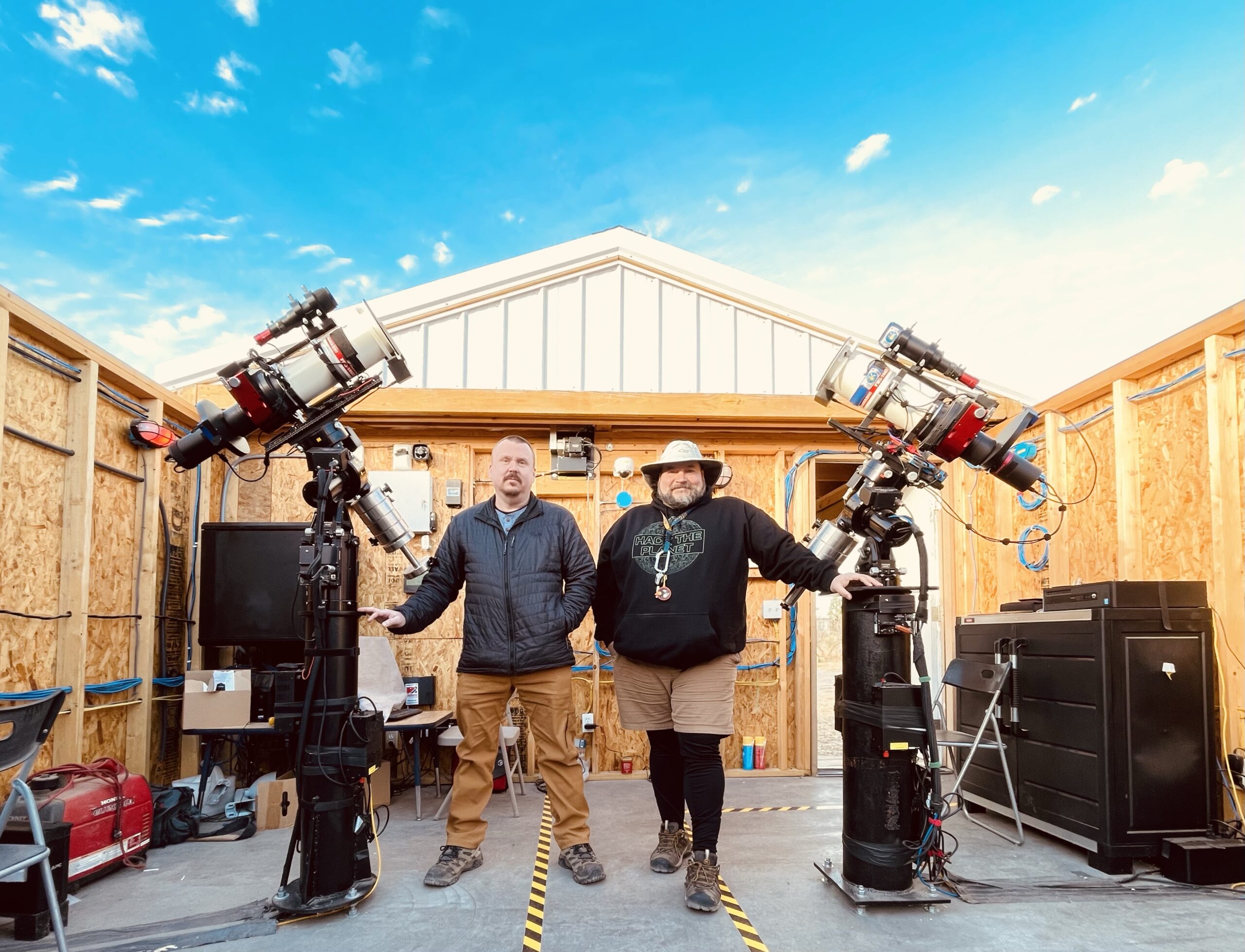
The fun didn’t stop with the matching of the equipment, from there we went to matching optics and the flat field. With the help of Ron Newman over at Moonlite Focusers, we were able to flatten our fields down to less than 2 degrees tilt and .1 curvature on either x or y axis. These corrections were incredibly precise requiring weeks of tinkering with tiny corrections made possible by Ron’s push and pull tilt adjuster- the Sidewinder.
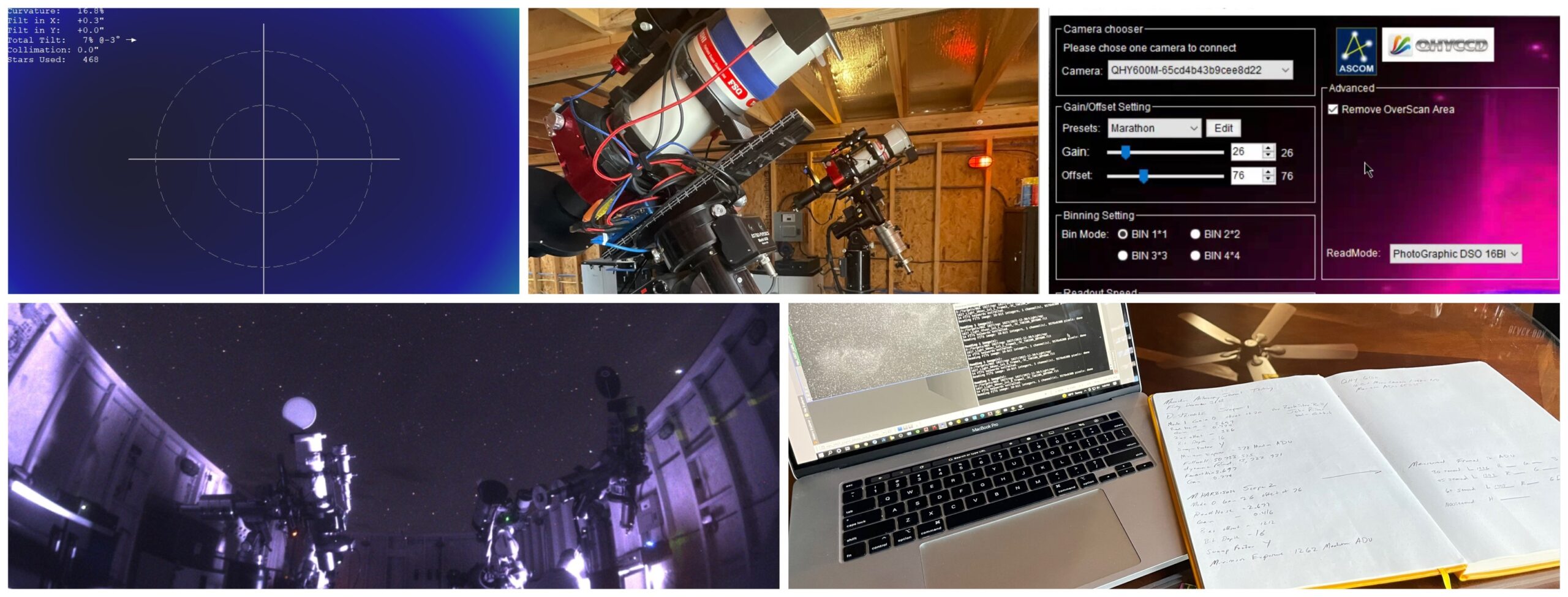
Once we finished our fun adjusting tilt we turned our attention to our cameras sensors. We determined our cameras were very closely matched by measuring the bias frames and then took the required frames to properly measure ADU. You’ve often heard of your telescope as being referred to as a “light-bucket” and ADU (Analog-Digital Units) is the name of the measurement given to the light in the “bucket”. So if you want to match, time, signal to noise, and intensity then ADU is the measurement for you. Seen below, you can see how we arrived at our gain and offset for our camera sensors to work efficiently catching every single photon.
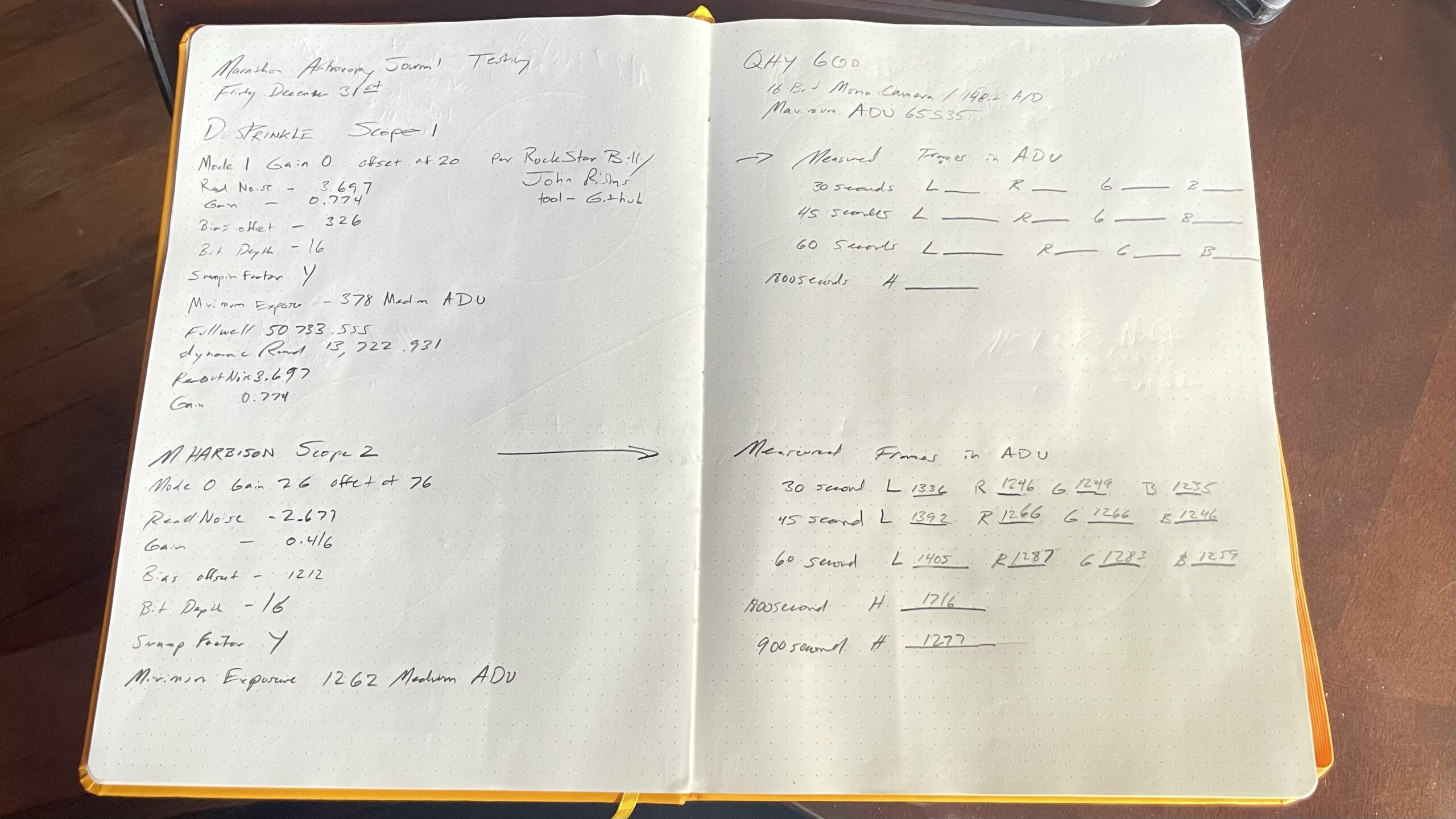
And from here, a project. The Marathon Sky Survey we are calling it. Dennis and I have been nerd-friends for about seven or eight years. To say we have similar intellects would be putting it mildly because, wow can we NERD-OUT. We’ve long since challenged each other in astronomy and photography to the point of making us both better photographers and astronomers. So I say this with a good bit of assurance, we are past the pretty picture phase of astrophotography and really want to start some of the more accurate mapping going on in the stars. While we will always attempt a pleasing rendition, the end result will be to stay true to the data collected.

It’s just the start, and we hope for this to be a multi-year project spanning the more populated areas of the Milky Way visible to the northern hemisphere. It was a bit daunting getting started so we are treading softly as we get going. At this point, I’d say, “just wish us luck!” We will be having fun regardless, but it’s my hope we get other people excited along the way.
Matt
Visit www.MarathonSkyPark.com for more information about the Marathon Dark Sky experience!
